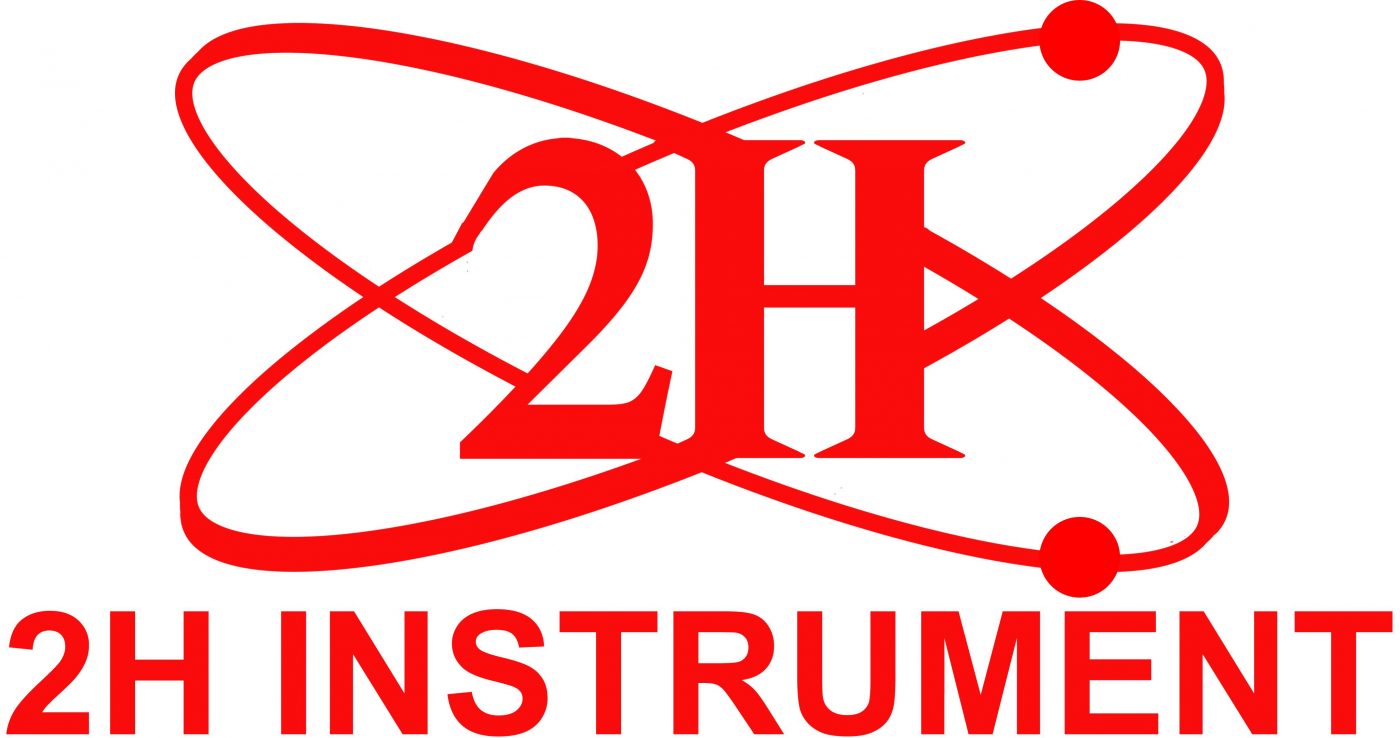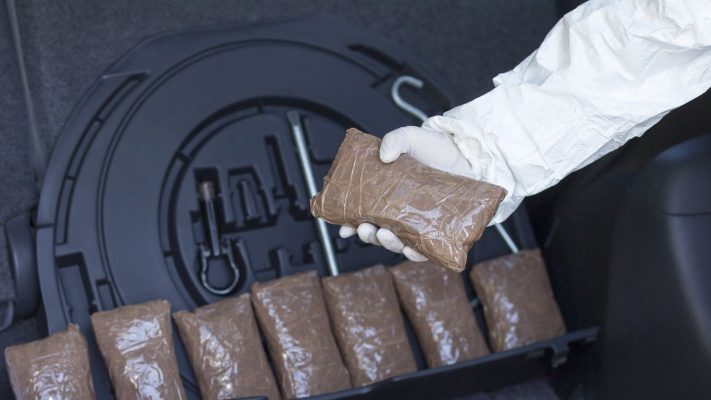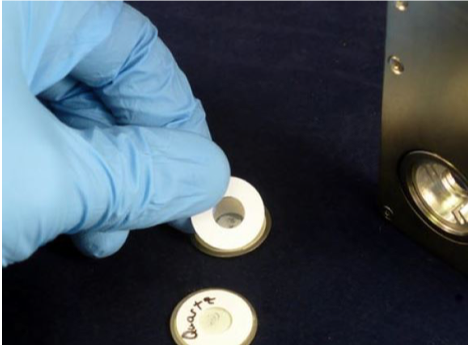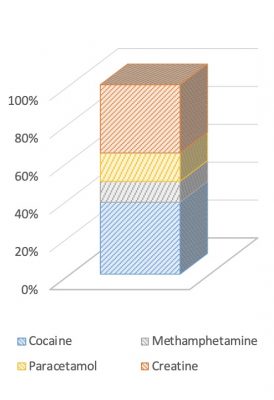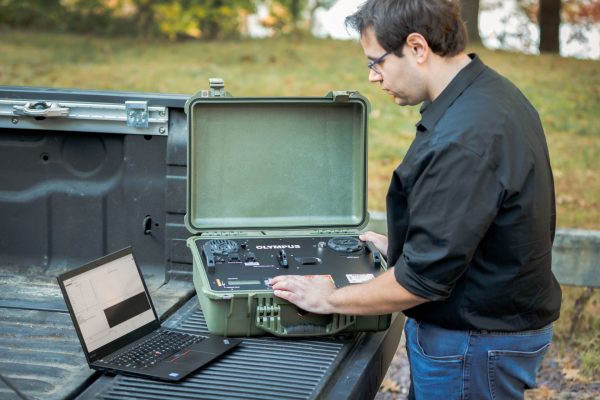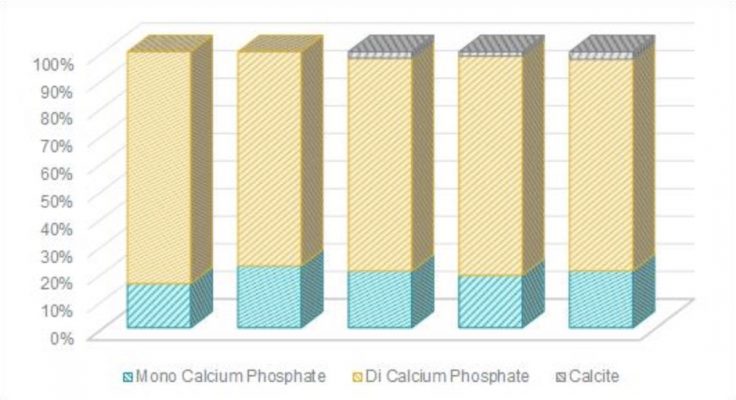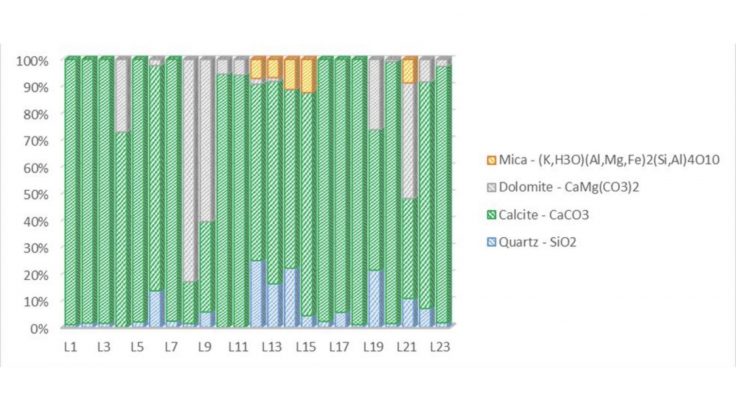No products in the cart.
NEW TECHNOLOGY & PRODUCTS, News
Portable XRF and XRD for Security, Forensics, and Customs Applications
Olympus portable XRF and XRD analyzers help law enforcement and customs agencies by providing fast, nondestructive chemical and compound quantitative analysis for a range of sample types, including powders, solids, and liquids. This information enables important decisions to be made in real-time, in the field.
Explosives and Narcotics Precursor Materials
Clandestine labs producing illicit drugs and explosives use a range of precursor materials, including pure phosphorous, iodine, magnesium, sulfur, and aluminum.
For investigators, it is important to be able to identify these materials on-site; however, the highly combustible nature of these materials means that they cannot be safely analyzed using technologies with a heat source. As a result, investigators may not have any knowledge about the composition of these materials until they receive results from the laboratory—a process that typically takes weeks to months.
Vanta portable XRF (pXRF) analyzers provide a nondestructive chemical analysis of these precursor materials in seconds. Without a heat source, pXRF is also safer than other techniques used on explosives. This method provides investigator and forensics professionals with important information on-site to speed up the decision-making process.
Analysis of Bullets and Gunshot Residue
Vanta pXRF can be used directly on alloys to provide a quick alloy ID. This capability is particularly helpful for investigators since ammunition can vary significantly in the elemental composition of the projectile, which can lead to a substantial change in residue. Also, the casing or jacket alloys varies between countries and manufacturers. pXRF provides a rapid method for analysis of projectile and jacket alloy materials so investigators can differentiate the manufacturer.
Gunshot residue (GSR) is commonly composed of barium, lead, and antimony as the major elemental ingredients. Vanta pXRF can be used to quickly and nondestructively screen materials believed to have been exposed to GSR (e.g., carpet, clothes, glass, and floors).
Precious Metals
Precious metals such as gold, silver, platinum, palladium, and rhodium are attractive to criminal enterprises as they provide a vehicle for laundering money. There is also an element of anonymity with gold, which makes it difficult to track its origins.
Vanta pXRF provides customs and law enforcement agencies with a rapid method for determining the composition of precious metals on-site. This includes coins, jewelry, bullion bars, and even consumer goods. It can also be used on powered material such as soil, gold, impregnated carbon, car catalyst mix, and recycled electronics, which may contain precious metals that would otherwise go undetected. This fast analysis can help to uncover attempts of unlawful organizations working to smuggle precious metals between borders.
Olympus XRD for Explosives, Narcotics, and Customs
Olympus XRD analyzers aid law enforcement agencies by providing qualitative and quantitative phase analysis on a range of substances, including narcotics, explosives/hazardous materials, and materials analyzed by forensics and customs officials. The unique sample handling system enables our instruments to be transported easily between sites while eliminating the need for complicated sample prep procedures.
Flexible Sample Loading Options
At Olympus, we realize that with different applications, there is a need to handle samples in different ways. Our instruments take the hard work out of sample prep and loading procedures. The vibrating sample holder makes loading samples easy. It is recommended for non-energetic material, that can be powdered to 150 μm.
The sample spinner is recommended when a sample cannot be powdered (e.g., explosive material), a sample 10 mg, liquids, or moist materials (Figure 1). The sample spinner cells are easy to assemble and can be stored away for analysis at a later date.
